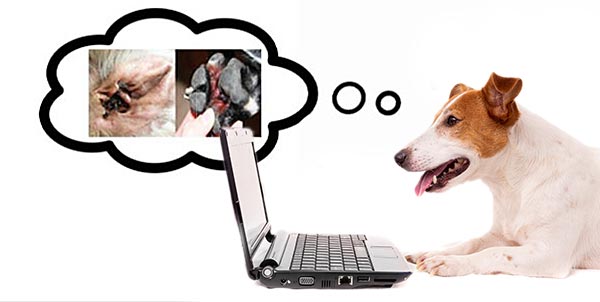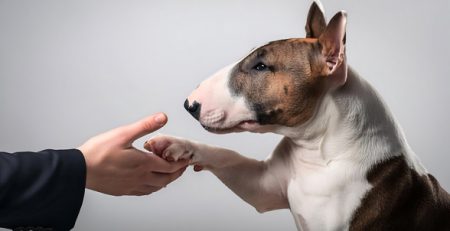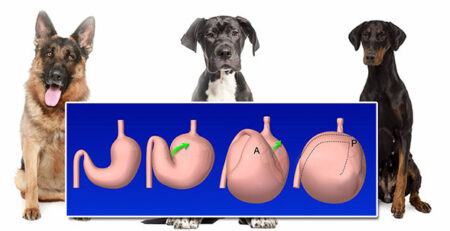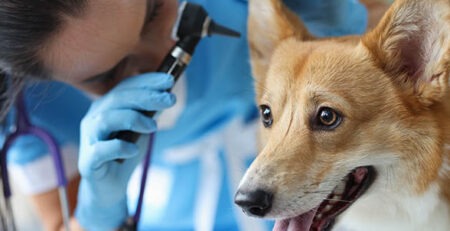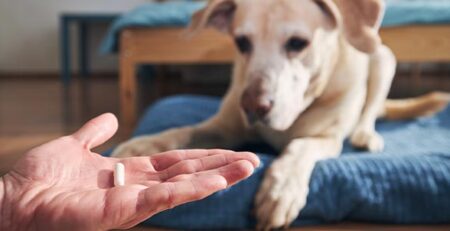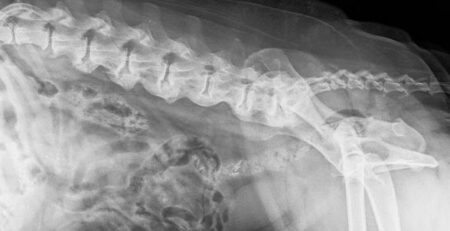If your dog scratches, has dermatitis, otitis and even smells rancid, he may be suffering from Malassezia. Here is what this troublesome disease is caused by and how to help your dog recover.
The culprit is the
Malassezia pachydermatis
, a harmless yeast that belongs to the normal microflora of the dog’s skin and mucous membranes.
In healthy animals, Malassezia coexists peacefully with its host but proliferates and becomes pathogenic when the skin’s defense mechanisms are altered or under particular wet conditions.
How is Malassezia transmitted?
The yeast colonizes the dog’s skin as early as birth because the puppy’s skin is contaminated during whelping.
From this point on, Malassezia accompanies the animal throughout its life, without necessarily causing disease.
The microorganism is normally present on the skin, particularly at the level of:
- ear canal
- interdigital space
- armpit
- groin
- around the mouth
- around the anus
- oral mucosa
- nasal mucosa
- vaginal mucosa
- rectal mucosa
Why does Malassezia come? Predisposing factors
Malassezia proliferates when the animal’s delicate skin ecosystem is altered or compromised.
Predisposing factors are related to alterations in the dog’s skin defense mechanisms or changes in the skin microenvironment.
How does Malassezia manifest itself in the dog?
Malassezia is very common and can affect dogs of all breeds and ages, although a higher incidence is found in puppies, young, old, and immunocompromised individuals.
The main symptom is itching, and the skin is affected by more or less severe dermatitis whose characteristic signs are:
- erythema
- desquamation
- seborrhea
- rancid smell
In the most affected areas, the injured skin tends to thicken and become wrinkled (lichenification), as well as darker in color (hyperpigmentation).
Itching prompts the animal to scratch and bite the affected areas, so secondary bacterial infections are also common.
Why does the dog’s ear smell?
One of the areas most targeted by Malassezia is the ear, particularly the ear canal and the inside of the pinna.
At this site, yeast proliferation causes intense itching and the formation of a very profuse and foul-smelling ceruminous exudate.
The increase in numbers of microorganisms within the ear seems to be closely associated with and promoted by the presence of otitis.
Localization to the external ear canal mainly affects breeds with pendulous ears (Cocker and Basset hound) with abnormal production of earwax (Labrador, Golden Retriever) or with many hairs inside the ear (Poodle), with many folds (Sharpey, Bulldog).
Other breeds also appear to be genetically predisposed to develop the infection:
- West Highland White Terrier
- Shih Tzu
- English Setter
- Course
- Maltese
- Pug
- Poodle
Why does Malassezia come?
Malassezia infections are mostly secondary, that is, a consequence of other diseases:
- Food allergies
- Allergic dermatitis from flea bite
- Endocrine disorders (hypothyroidism, diabetes)
- Immune disorders
- Skin diseases (seborrhea)
How to diagnose Malassezia?
Since Malassezia infections are usually secondary to other diseases, it is important for the veterinarian to correctly identify the underlying disease.
Therefore, your Veterinarian will arrange for a whole series of investigations on the dog: blood and bacteriological tests, hormone profiles, dietary investigations, allergy tests, evaluation of possible presence of other parasites.
If the underlying cause is not identified, the chances of recurrence are very high.
What to do against Malassezia?
For Malassezia otitis, there are topical products containing antifungals, often combined with antibiotics and anti-inflammatories.
This combination is useful not only for treating fungal infection but also for controlling bacterial overgrowth and containing itching and inflammation.
The use of ear canal washing products is indicated for the removal of earwax but is also useful for reducing fungal load and maintaining a cleaner environment.
In cutaneous forms, medicated shampoos and, when necessary, systemic therapies based on oral antifungal molecules can be used.
Given the frequent concurrence of allergies including food allergies, a specially formulated diet is often very helpful.
Prevention first
Unfortunately, there is neither a vaccine nor a truly effective remedy against Malassezia infection.
The most correct way to try to prevent its occurrence is to raise the dog’s immune defenses:
- feeding it properly
- By getting them to do physical activity
- Also stimulating mental activity in order to tire him out and reduce stress
- Using specific shampoos and products when washing or cleaning
- Supporting his bacterial flora with probiotics when the seasons change
If the underlying cause of Malassezia is not identified, the chances of recurrence are very high.
If in doubt that your dog is suffering from this, contact our Staff Veterinarians for a consultation.
We also remind you that in case of need and urgency Clinica La Veterinaria is always open h24 every day including holidays and with First Aid service from 8 pm to 8 am.
For the joy of seeing them HAPPY.

